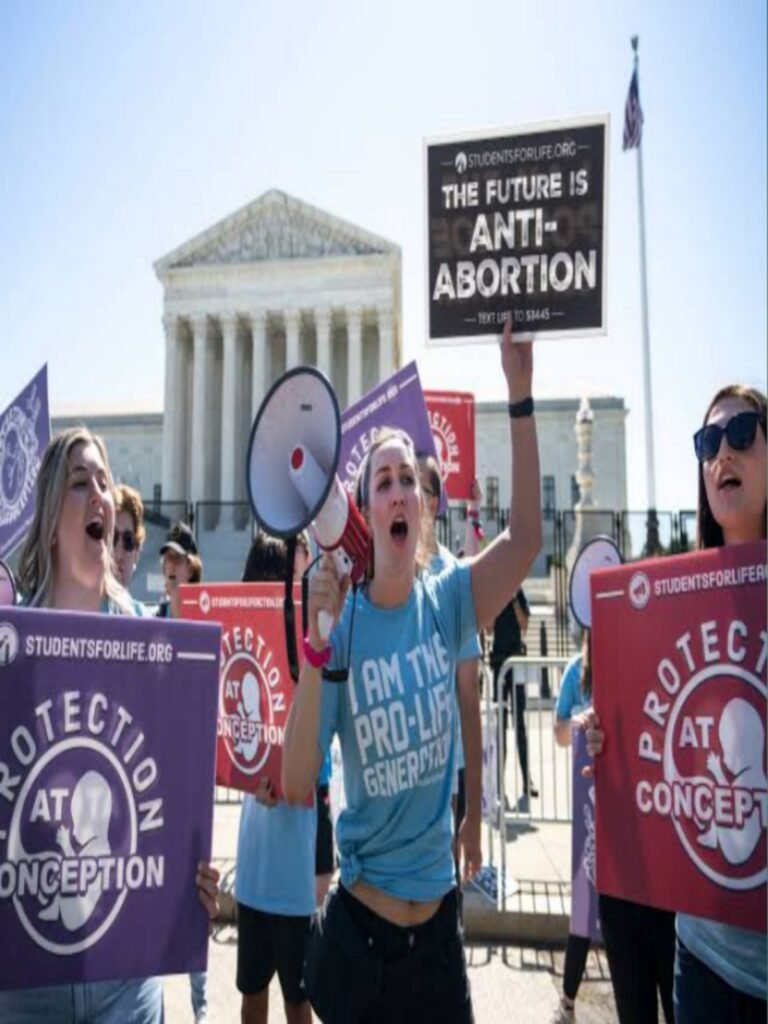
The Supreme Court Overturns Roe v. Wade
The Supreme Court Overturns Roe v. Wade
On June 24, 2022, the Supreme Court of the United States overturned Roe v. Wade, the landmark 1973 decision that legalized abortion nationwide. The decision, which was in a case called Dobbs v. Jackson Women’s Health Organization, was a 6-3 ruling along ideological lines, with the court’s conservative majority holding that the Constitution does not confer a right to abortion.
The decision is a major victory for anti-abortion activists who have been working for decades to overturn Roe v. Wade. It is also a major setback for abortion rights advocates, who fear that it will lead to abortion bans in many states.
The decision is expected to have a significant impact on women’s health and reproductive rights in the United States. It is estimated that 26 states are likely to ban or severely restrict abortion in the wake of the decision. This could make it difficult or impossible for millions of women to access safe and legal abortion care.
The decision is also likely to have a major impact on the upcoming midterm elections. Abortion is a highly divisive issue in the United States, and it is expected to be a major issue in the campaigns for the House of Representatives and the Senate.
The Supreme Court’s decision to overturn Roe v. Wade is a major turning point in the history of abortion rights in the United States. It is a decision that will have a profound impact on the lives of millions of women.
What does the decision mean for abortion access in the United States?
The Supreme Court’s decision to overturn Roe v. Wade is a major setback for abortion rights in the United States. It is estimated that 26 states are likely to ban or severely restrict abortion in the wake of the decision. This could make it difficult or impossible for millions of women to access safe and legal abortion care.
The impact of the decision will vary from state to state. Some states, such as California and New York, have already codified the right to abortion into state law, and they are unlikely to be affected by the decision. Other states, such as Texas and Oklahoma, have already passed laws that severely restrict abortion access. These laws are likely to go into effect soon after the Supreme Court’s decision.
The decision is also likely to lead to a wave of litigation over abortion rights. Abortion rights advocates are already planning to challenge state laws that restrict abortion access. It is possible that the Supreme Court will be asked to rule on these laws in the future.
What can be done to protect abortion rights?
The Supreme Court’s decision to overturn Roe v. Wade is a major setback for abortion rights, but it is not the end of the fight. There are a number of things that can be done to protect abortion rights in the United States.
One important step is to elect pro-choice candidates to office. At the federal level, this means electing Democrats to the House of Representatives and the Senate. At the state level, it means electing Democrats to state legislatures and governorships.
Another important step is to pass laws that protect abortion rights at the state level. This includes laws that codify the right to abortion into state law and laws that protect abortion providers from legal challenges.
Finally, it is important to continue to educate the public about abortion rights and to mobilize voters to support pro-choice candidates and policies. The fight for abortion rights is not over, and it is important to stay engaged in the fight.









Leave a Reply